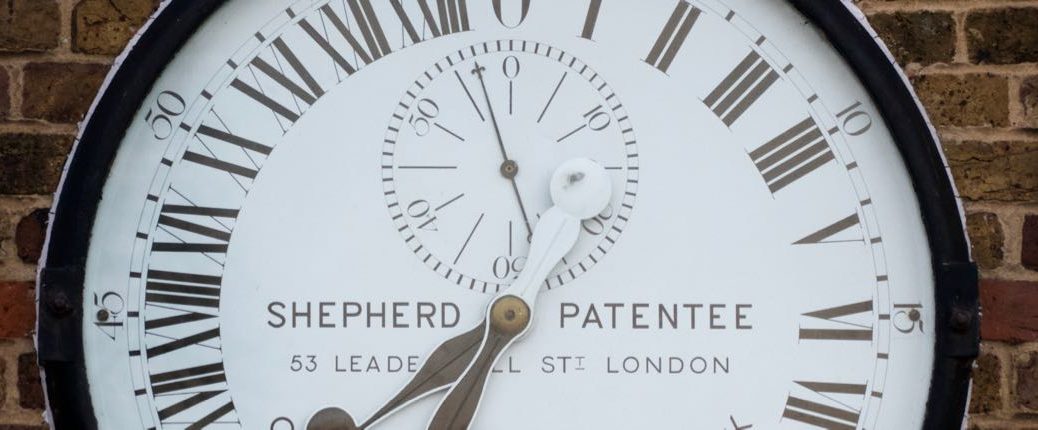A Leap in the Dark
2016 will be one second longer. A leap second will be added at the end of the year at midnight UK time, to realign our clocks with the rotation of the earth. Normally, such a momentous event is heralded by an extra pip in the BBC Radio time signal; but at new year the pips are not heard on domestic radio as they replaced by the sound of Big Ben.
2016 was also a leap year, but leap years and leap seconds are quite different things. Leap years come about because we use different yardsticks to measure time. You can’t fit exactly 365 days in a year the same way you can’t fit exactly 30 centimetres in a foot, so you need to make a few corrections here and there. If we didn’t force a year to begin at midnight, we wouldn’t actually need leap years at all, but then we’d probably argue about how to define the first of January when the year begins, say, in the late afternoon.
By contrast, a leap second arises because the earth’s rotational speed isn’t an entirely accurate measure of time, as it is affected by geological and tidal processes. Today’s timekeepers - ticking by atomic processes and synchronised by distant quasars - are more accurate than the earth. In the past, our clocks were poor and we continually corrected them against the sun and earth. Now they are too accurate, and so we fiddle our standard of civil time (Coordinated Universal Time, or UTC) to cater for the unpredictabilities of our planet.
Turning time is not without consequence. Communications, navigation, scientific experiments, high frequency trading - these can rely on very accurate time measurements. Fortunately, UTC is not the only time standard; others such as UT1 can be adopted for different applications. In fact, the idea of a universal time standard is fairly new. Before the necessities of coordinated railway time tabling, towns would each have their own time zones, according to the sun’s path overhead. Going back further, the hour was once defined as the separation of daylight into twelve parts - so that the length of an hour changed throughout the year.
As our needs change, so too will our preferred time frames. As our lives become more global, coordinated by computers using global clocks, future generations may abandon local time and adopt a universal time worldwide. But will they abandon the leap second? That would require a whole new time standard, or breaking the traditional link between our measurement of time and that of the earth - no longer a leap in the dark, but perhaps a leap of faith.
